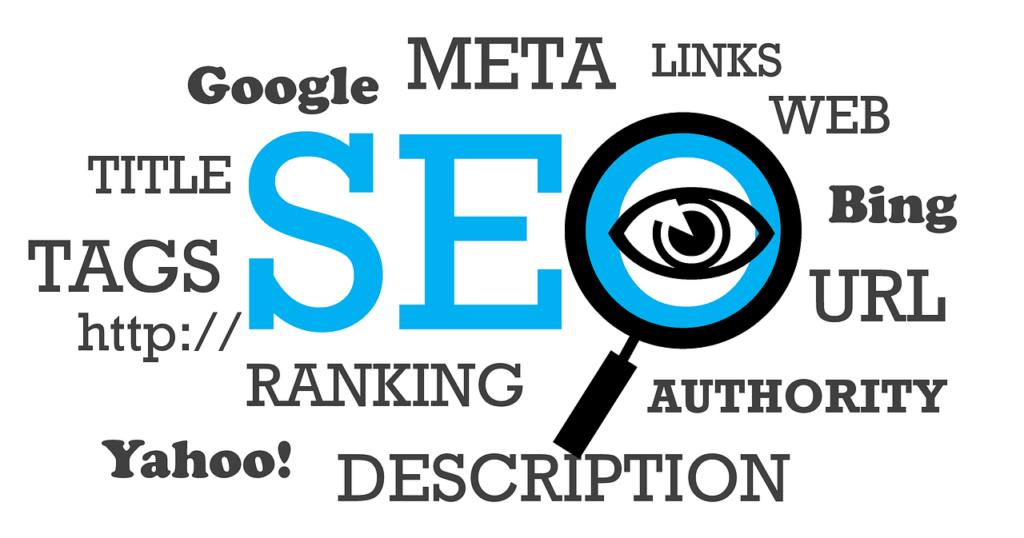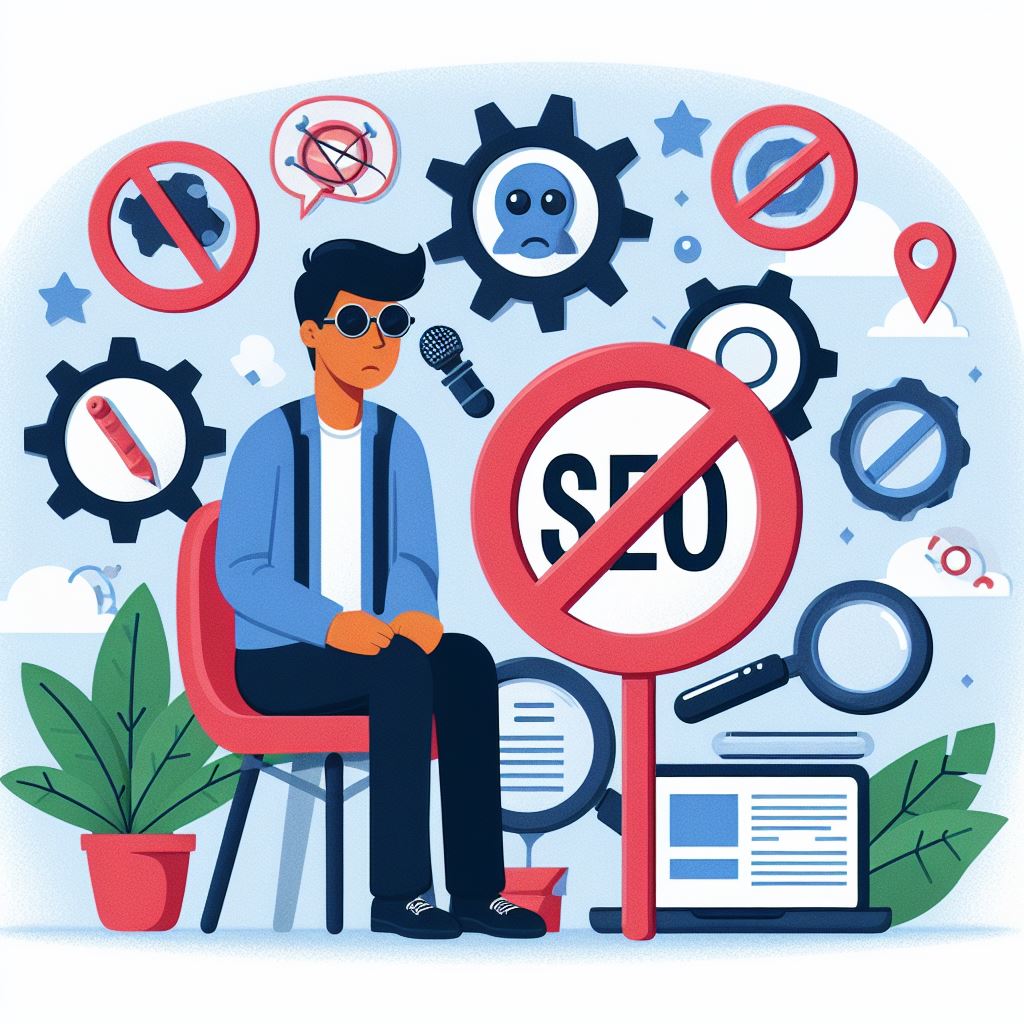Image by Ilderson Casu from Pixabay.
Imagine you’re running an online store, pouring your heart into curating the perfect products, only to watch them languish on page three of search results. Frustrating, right? That’s where product page SEO comes in—it’s the game-changer that can propel your ecommerce site from obscurity to the spotlight. In this detailed guide, we’ll dive deep into everything you need to know about product page SEO, from foundational strategies to advanced tactics that ensure your pages rank on page one. Whether you’re a seasoned ecommerce veteran or just starting out, this article is designed to be your ultimate resource, equipping you with actionable insights to make informed decisions and see real results.
Let’s start by understanding why product page SEO is so crucial in today’s digital marketplace. With millions of online shoppers searching for products every day, appearing at the top of search engine results pages (SERPs) isn’t just nice—it’s essential for survival. Product page SEO involves optimizing individual product listings to align with what search engines like Google value most: relevance, user experience, and authority. When done right, it can increase organic traffic by up to 200% or more, turning casual browsers into loyal customers. But how do you get there? It all begins with solid keyword research, the backbone of any successful product page SEO strategy.
Mastering Keyword Research for Product Page SEO
Keyword research is like mining for gold in the vast landscape of search queries. For product page SEO, it’s about finding those terms that potential customers are typing into Google when they’re ready to buy. Start by brainstorming ideas based on your products—think about variations like colors, sizes, or specific features. Tools like Google Keyword Planner or Ahrefs can help you uncover search volumes and competition levels. Aim for a mix of head keywords, which are broad like “running shoes,” and long-tail keywords, such as “best lightweight running shoes for women 2025.” These long-tail ones are goldmines for product page SEO because they have lower competition and higher conversion rates.
Once you’ve got a list, prioritize based on intent. Transactional intent is key for product pages—phrases that scream “I’m ready to purchase,” like “buy organic cotton t-shirt online.” Analyze your competitors’ top-ranking pages to see what keywords they’re targeting. What gaps can you fill? Perhaps they overlook niche variations that align perfectly with your inventory. Remember, effective product page SEO isn’t about stuffing keywords; it’s about naturally integrating them to match user queries. By focusing on user intent, you’ll not only rank higher but also attract visitors who are more likely to add items to their cart.
As you refine your keyword list, consider seasonal trends and emerging searches. For instance, if you’re selling holiday decorations, ramp up product page SEO efforts around terms like “eco-friendly Christmas lights” well before the season hits. This forward-thinking approach ensures your pages are optimized when search volume peaks. And don’t forget about voice search—phrases like “where can I find affordable wireless earbuds” are becoming more common with devices like Alexa and Siri. Incorporating these into your product page SEO plan can give you an edge in a mobile-first world.
On-Page Optimization: The Heart of Product Page SEO
Now that you’ve nailed your keywords, it’s time to optimize the actual product pages. On-page elements are where product page SEO truly shines, as they directly influence how search engines crawl and index your content. Begin with your title tags—these should be compelling, under 60 characters, and include your primary keyword naturally. For example, “Lightweight Running Shoes for Women – Free Shipping” not only incorporates product page SEO but also entices clicks.
Meta descriptions come next, serving as your page’s elevator pitch in SERPs. Keep them around 150-160 characters, packed with benefits and a call to action. Something like “Discover our top-rated lightweight running shoes for women, designed for comfort and performance. Shop now for product page SEO-optimized deals!” Wait, no—keep it genuine. Focus on describing the product while weaving in keywords subtly. Headers play a big role too; use H1 for the main product name and H2/H3 for features and benefits, ensuring keywords flow conversationally.
Product descriptions are your canvas for storytelling in product page SEO. Instead of dry bullet points (though we’ll avoid those here), craft engaging narratives that highlight unique selling points. Tell a story: “Picture yourself gliding through your morning run in these ultra-breathable shoes, engineered with advanced cushioning to keep fatigue at bay.” Embed keywords like product page SEO without forcing them—aim for that sweet density spot. High-quality images with alt text optimized for keywords, such as “women’s lightweight running shoes in blue,” boost accessibility and SEO. Don’t overlook schema markup; adding structured data for products helps Google display rich snippets, like star ratings and prices, right in search results.
Internal linking is another on-page gem. Link to related products or category pages, using anchor text that includes variations of your keywords. This not only improves navigation but also distributes page authority across your site, enhancing overall product page SEO. Finally, ensure your URLs are clean and descriptive: “/lightweight-running-shoes-women” beats a string of numbers any day. These tweaks might seem small, but they compound to make your product pages irresistible to both users and algorithms.
Technical SEO Fundamentals for Ecommerce Success
Behind the scenes, technical SEO ensures your product pages are discoverable and fast-loading, which is vital for product page SEO. Site speed is non-negotiable—Google penalizes slow pages, so compress images, minify code, and leverage browser caching. Tools like Google PageSpeed Insights can pinpoint issues. Mobile optimization is equally critical; with over half of ecommerce traffic from phones, responsive design isn’t optional. Test your pages on various devices to guarantee seamless experiences.
Duplicate content is a common pitfall in ecommerce. If you have similar products, use canonical tags to tell search engines which version is primary. This prevents dilution of your product page SEO efforts. Implement HTTPS for security, as it’s a ranking factor, and create an XML sitemap to help crawlers index your pages efficiently. For larger stores, pagination and faceted navigation can create crawl traps—use rel=”next” and “prev” tags or noindex certain filters to manage this.
Core Web Vitals are Google’s way of measuring user experience, focusing on loading performance, interactivity, and visual stability. Optimize for these to improve rankings. If your site uses JavaScript heavily, ensure it’s SEO-friendly by rendering content server-side where possible. Technical product page SEO also involves monitoring for broken links and 404 errors, which can harm user trust and crawl budgets. Regular audits keep everything running smoothly, setting the stage for higher rankings.
Crafting a Content Strategy Around Product Page SEO
Content isn’t just king—it’s the entire kingdom in product page SEO. Beyond descriptions, enrich your pages with user-generated content like reviews and Q&A sections. These add authenticity and fresh content, signaling to Google that your page is active and valuable. Encourage customers to leave detailed reviews by sending post-purchase emails, and highlight top ones prominently.
Blog integration can supercharge product page SEO. Create supporting content like “How to Choose the Best Running Shoes for Your Foot Type” and link back to product pages. This builds topical authority and funnels traffic. Video content is exploding—embed product demos or unboxings, transcribing them for added text optimization. User intent drives this: if searches are informational, provide guides; if transactional, focus on buying ease.
Long-form content on product pages? Absolutely, if it adds value. Expand descriptions with usage tips, comparisons, and FAQs. For example, “Wondering if these shoes run true to size? Based on customer feedback…” This keeps visitors engaged longer, reducing bounce rates—a positive signal for product page SEO. Always prioritize quality over quantity; helpful content converts better than keyword-stuffed fluff.
Building Authority with Link Building and Off-Page SEO
Off-page factors like backlinks are crucial for elevating product page SEO. Quality links from reputable sites act as votes of confidence. Start with outreach: contact bloggers in your niche for reviews, offering free samples in exchange for honest mentions. Guest posting on industry sites, including links to your product pages, builds authority naturally.
Social proof via shares and mentions amplifies reach. Share your products on platforms like Instagram or Pinterest, encouraging user-generated content that links back. Partnerships with influencers can yield high-value links; choose those whose audience aligns with yours for maximum impact. Directory listings on sites like Yelp or niche ecommerce hubs provide easy wins, but focus on relevance to avoid penalties.
Monitor your link profile with tools like Moz or SEMrush to disavow toxic links. Diversify anchor text—use branded, exact match, and partial match variations to keep it natural. Over time, a strong backlink strategy will push your product pages up the ranks, making product page SEO a long-term investment in visibility.
Enhancing User Experience to Boost Product Page SEO
User experience (UX) and SEO are intertwined; happy users mean better rankings. Intuitive navigation helps visitors find products quickly, reducing frustration. Clear categories, search bars, and filters make browsing effortless. Personalization, like recommending similar items, keeps them engaged longer.
Page layout matters—place key elements above the fold: images, price, add-to-cart button. High-res zoomable photos from multiple angles build trust. Accessibility features, like keyboard navigation and screen reader compatibility, not only broaden your audience but also align with Google’s inclusivity push.
A/B testing refines UX: experiment with button colors or description lengths to see what converts best. Heatmaps from tools like Hotjar reveal where users click or drop off. By iterating based on data, you’ll create product pages that delight, directly supporting product page SEO through improved metrics like time on page.
Monitoring, Analytics, and Continuous Improvement
No product page SEO strategy is set-it-and-forget-it. Use Google Analytics and Search Console to track performance: monitor organic traffic, bounce rates, and conversion paths. Set up goals for add-to-carts or purchases to measure ROI.
Identify underperforming pages and diagnose issues—maybe low traffic means poor keywords, or high bounces indicate slow loads. Regular content updates keep pages fresh; refresh descriptions with new trends or stock info. Competitor analysis via tools like SimilarWeb reveals what’s working for others, inspiring your tweaks.
Stay abreast of algorithm updates—Google’s core updates can shift rankings overnight. Adapt by focusing on E-A-T (Expertise, Authoritativeness, Trustworthiness), especially for YMYL products. This ongoing vigilance ensures your product page SEO remains effective, driving sustained growth.
Avoiding Common Pitfalls in Product Page SEO
Many ecommerce owners stumble on basics. Over-optimization, or keyword stuffing, reads unnaturally and invites penalties. Aim for that 0.5%-2.5% density naturally. Ignoring mobile users is another mistake—test rigorously. Thin content fails to engage; always add value.
Neglecting reviews harms trust; actively manage them. Poor images or missing alt text miss visual search opportunities. Finally, not securing your site with HTTPS erodes credibility. By sidestepping these, your product page SEO will thrive.
Wrapping Up: Your Path to Page 1 Dominance
There you have it—a comprehensive roadmap to mastering product page SEO and ranking your ecommerce pages on page one. From keyword research to UX enhancements, each step builds on the last, creating a powerhouse site that attracts and converts. Implement these strategies thoughtfully, and watch your traffic soar. Remember, SEO is a marathon, but with persistence, the results are transformative. Ready to optimize? Your online store’s success starts now.

